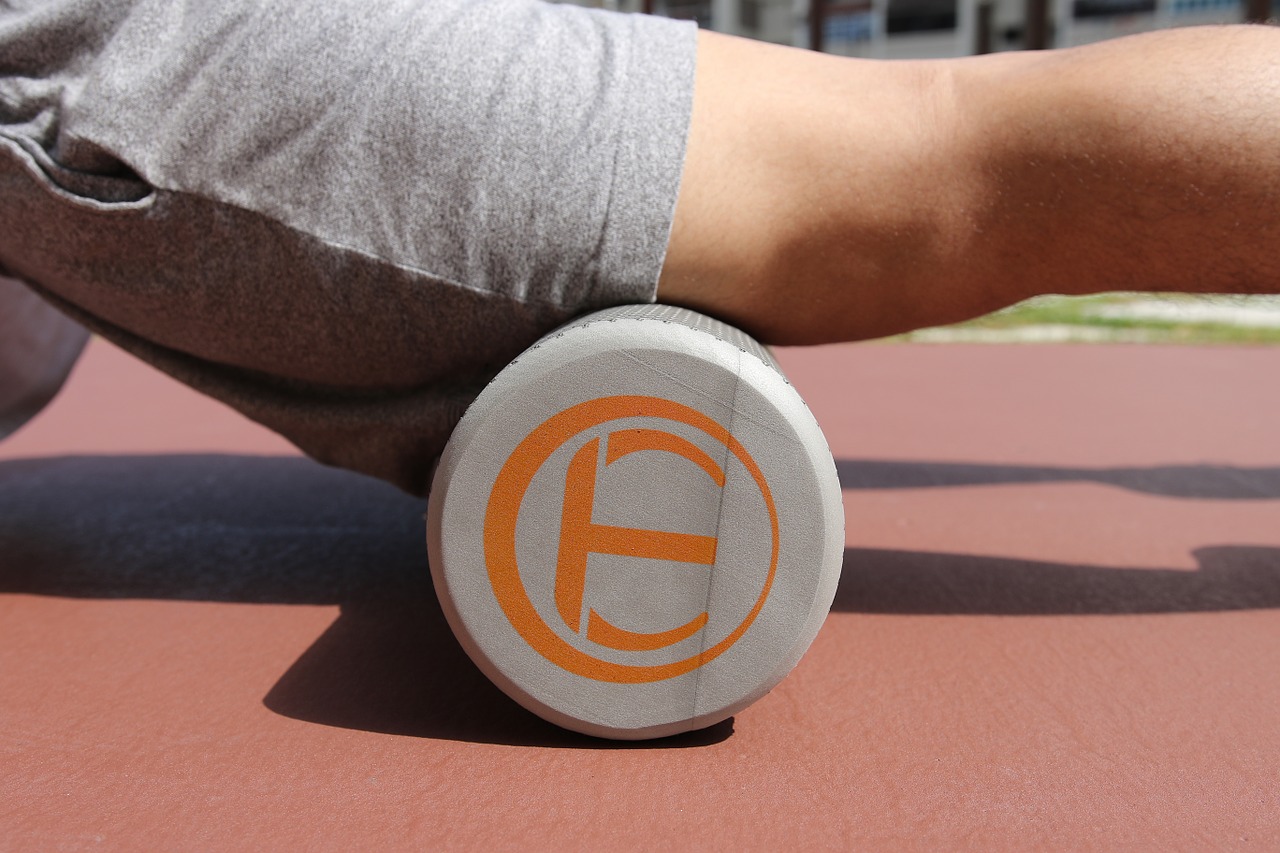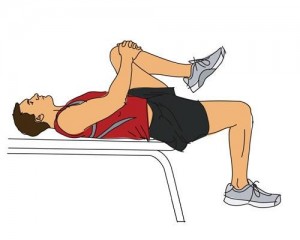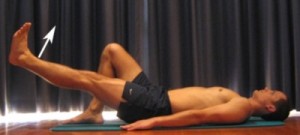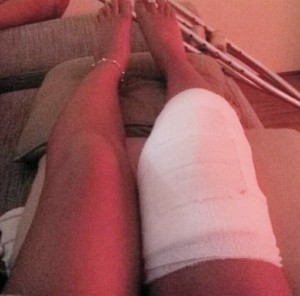A couple of weeks ago we asked our facebook friends what they most wanted to know about from their Physio’s. Stretching was a topic that came up, so enjoy reading about foam rolling and stretching.
We’re always looking for great ideas, so please let us know if there’s anything further you want to know about and we’ll do the research and write about it here on our website. Happy reading!
Foam Rolling/Stretching
We’ve long thought that stretching regularly helps improve muscle tightness, our flexibility and prepares us for physical activity or exercise. It’s an ingrained part of the pre-match routine for almost every sport. More recently we’ve seen the foam rolling become more and more popular to enhance the effects of stretching. But do stretching and/or foam rolling actually improve our muscle flexibility or performance?
Studies tell us that muscle stretching alone does not decrease muscle soreness or risk of injury during performance. There is some weak evidence suggesting that it may improve muscle torque and it may increase joint range of movement, but there is currently insufficient evidence to back up these findings. The current belief is that in preparation for performance we should be using dynamic stretching (stretching during a movement) rather than static stretching (holding a stretch). When it comes to foam rolling, there has been some research that suggests that foam rolling improves joint range of movement without reducing muscle performance.
Foam rollers allow an individual to use a technique called ‘myofascial release’ on themselves. A form of massage, it breaks down adhesions in the tissues surrounding the muscle and reduces scar tissue. The muscle senses a change in tension in the muscle and in response triggers a relaxation in the muscle spindles/fibres.
The way to use your foam roller depends on the muscle group you are targeting and the effect you are trying to achieve. In this blog we will go through a few of the very common muscle groups where foam rolling is used. For more information about how to use your roller for muscle groups not mentioned in this post, see you Physiotherapist.

ITB: Your iliotibial band (ITB) runs from the crest of your hip, down the side of your thigh all the way past your knee. The best way to roll out your ITB is to prop up on your elbow, place your top foot on the ground in front of you and have the roller make contact with the outside of your thigh. Put as much weight as you can down into the roller. Move your thigh up and down the roller while maintaining this pressure. It may be better to target smaller areas initially that are particularly sensitive or painful and then target a broader area afterwards or in subsequent sessions.
Releasing your ITB can help reduce knee, hip or lower back pain.
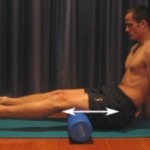
Hamstrings: Your hamstrings run from the bony part of your buttock down to just below the knee. To roll out the hamstrings, sit on the roller and have your legs in the air. Support yourself using your hands by your side or slightly behind you. Move forwards and backwards on the roller from the bony crest of your buttock down until just above the knee. Again it may be best to isolate the pressure to the area of most sensitivity or tension. Releasing hamstring tension can reduce knee pain, lower back pain and feelings of tension in the hamstrings and gluteals.

Hip flexor: Your hip flexors run from your spine to the front of your hip and assist with bending the hip up. When using the roller to roll out your hip flexor lie face down with the roller making contact to the top of your thigh. Ensure you are using the outside edge of the roller so your groin and opposite leg don’t make contact. Roll your leg down the roller until just before the bony point of your hip. Releasing the hip flexor can reduce hip and back pain and is especially important in athletes who are high-volume runners.
Foam rollers can be used on any muscle group in a similar way to good effect. They are becoming more and more popular and you are probably now seeing them in your gym or sporting clubs. If you would like to order a foam roller your Enhance Physiotherapist can order one for you and advise you on how to use it.
Let us know how you go with these stretches.

